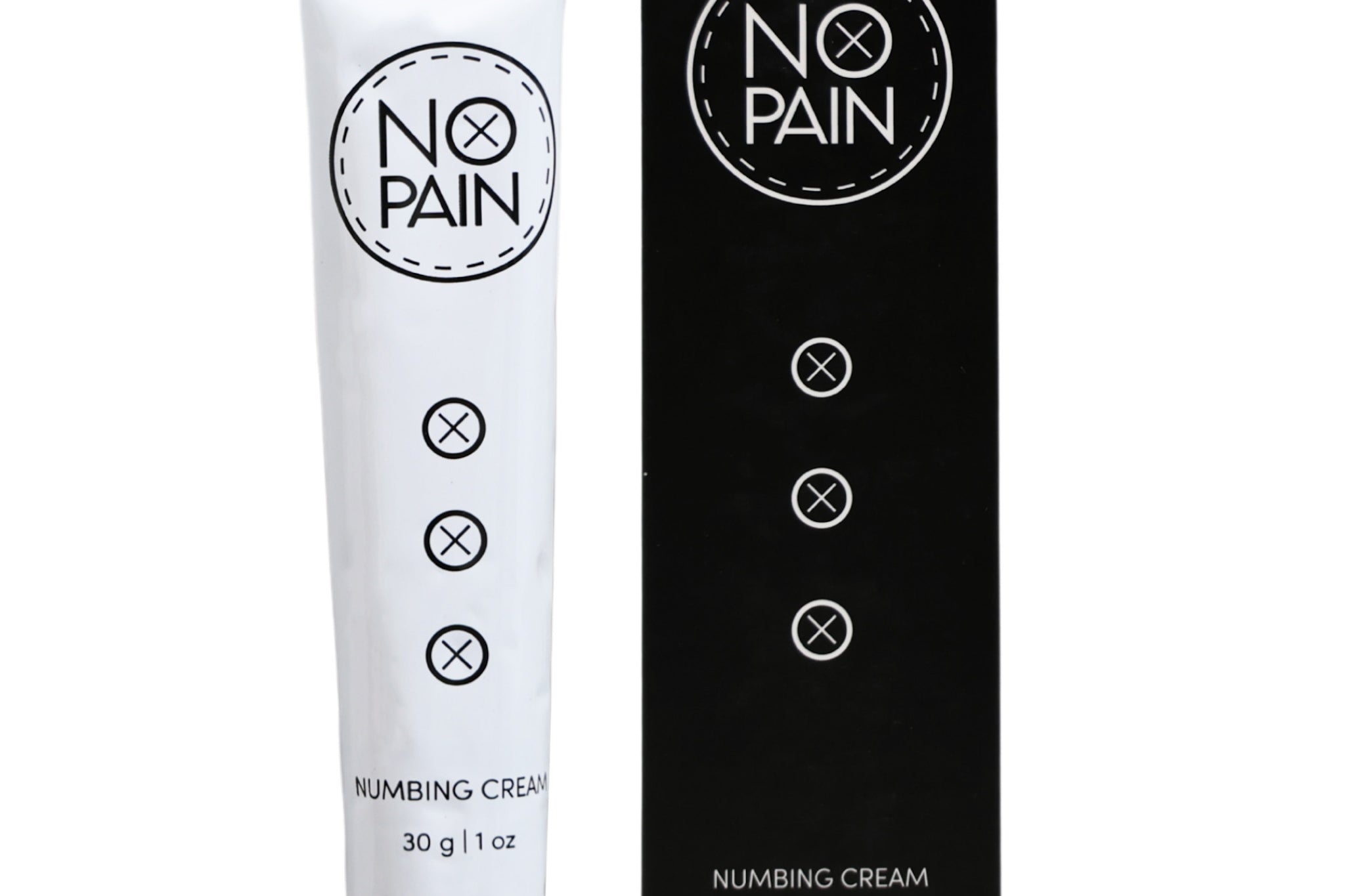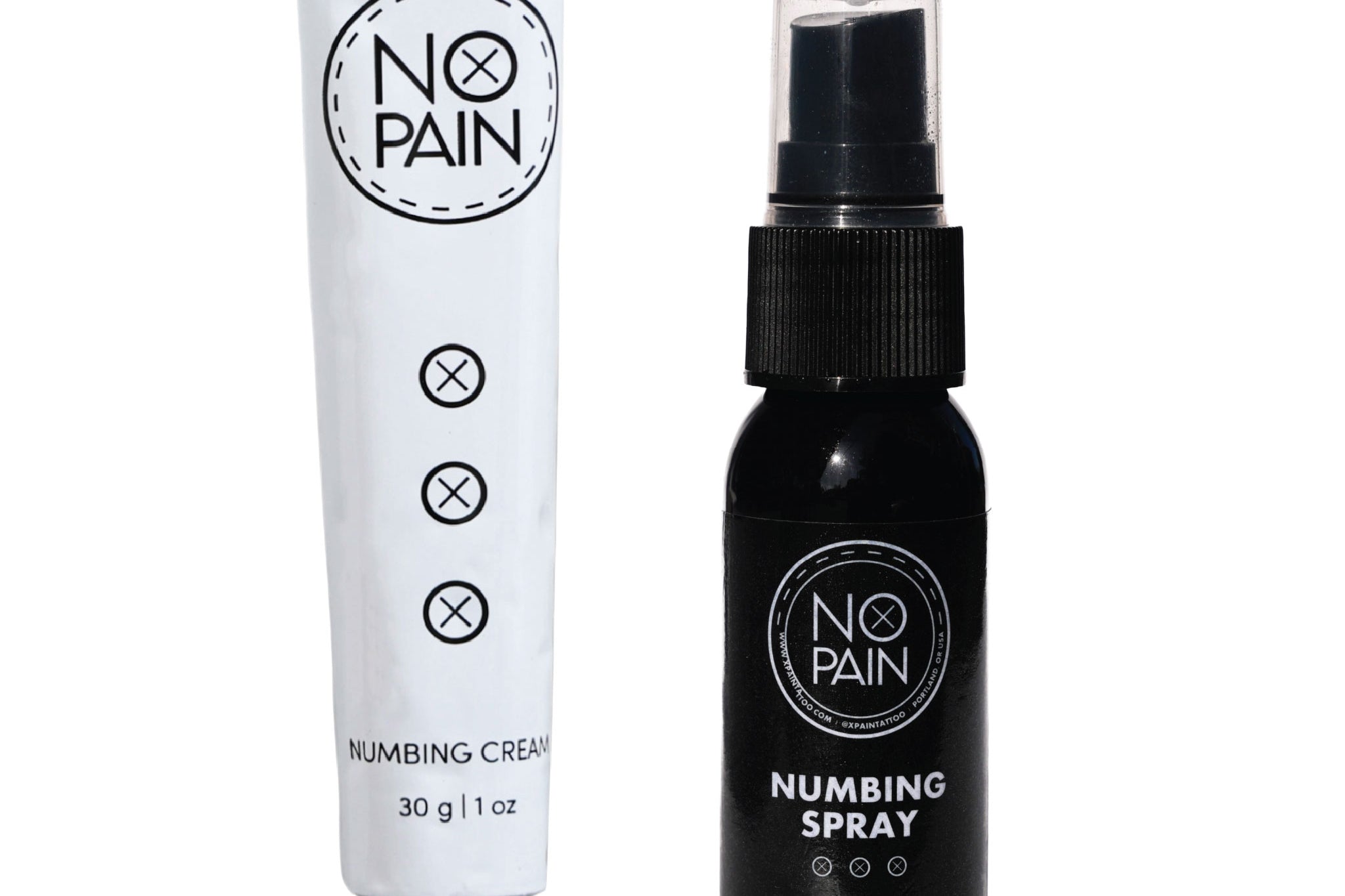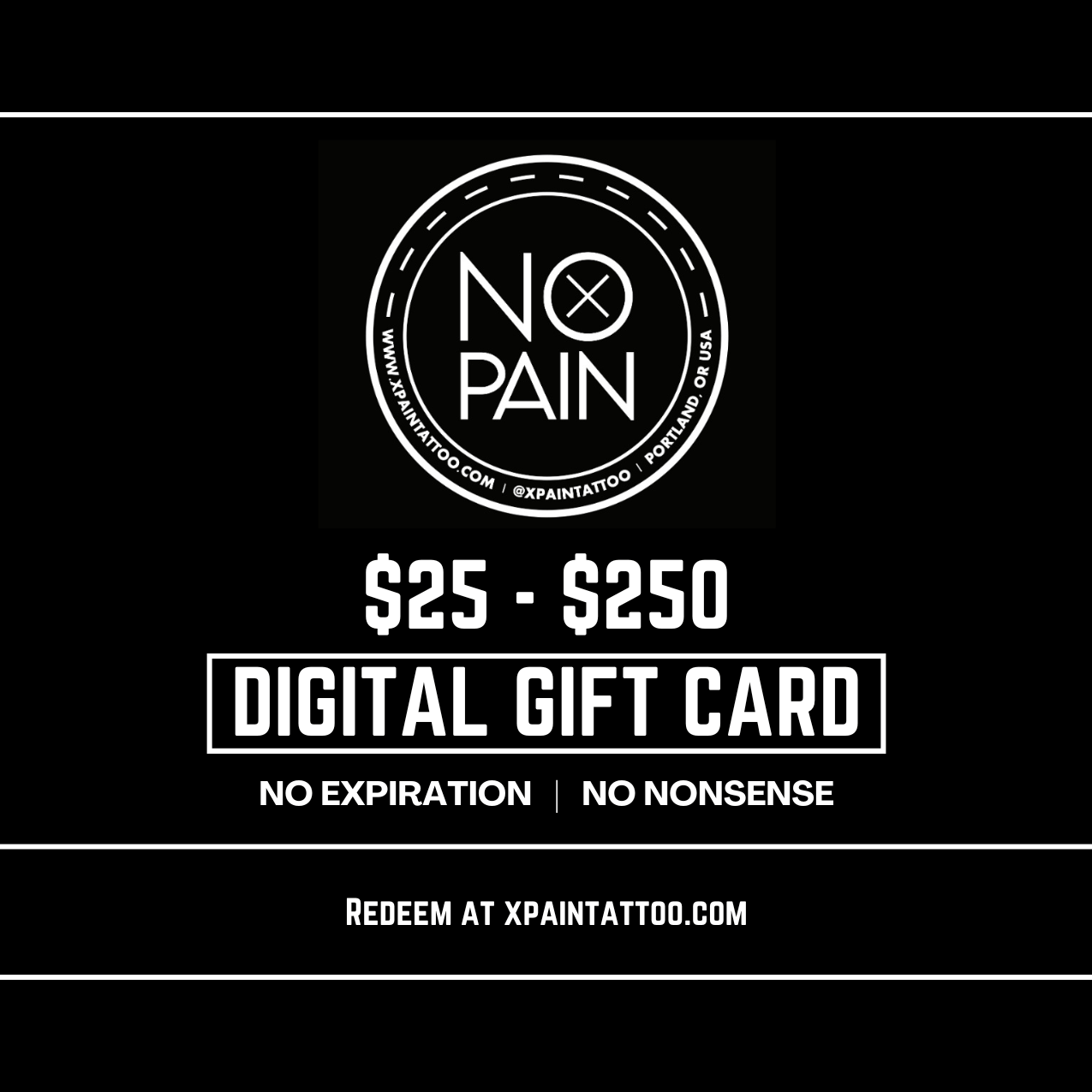It's a gorgeous mid-August afternoon. The sun is out, you're heading outside to enjoy it, and you're excited to show off your fresh new tattoo. Before you walk out the door, you responsibly reach for the sunscreen, but as you're about to apply it to your new art, you pause. Is this actually safe? Can you put sunscreen on a new tattoo?
Stop right there. The answer is an absolute, unequivocal NO. You should never, ever apply sunscreen to a new, healing tattoo.
This isn't just about being overly cautious. There are real, scientific reasons why this is one of the worst things you can do for your new ink. This is your critical safety guide to understanding the risks, knowing when it's finally safe to use sunscreen, and how you should be protecting your tattoo in the meantime.
Why Sunscreen on a New Tattoo is a Terrible Idea
The most important thing to remember is that for the first 2-4 weeks, your new tattoo is a fresh, open wound. You would never rub sunscreen into a fresh cut or scrape, and the same exact logic applies here.
Here are the primary risks:
-
Chemical Irritation: Sunscreens, even the "sensitive skin" formulas, are full of complex chemicals designed to block or reflect UV rays. Applying these chemicals directly into an open wound can cause intense stinging, burning, redness, and inflammation, which can severely disrupt and prolong the healing process.
-
High Risk of Infection: Your fingers and the tip of the sunscreen bottle are not sterile. Rubbing sunscreen into the wound can trap bacteria underneath the surface, leading to a serious infection that can damage your tattoo and require medical attention.
-
It Suffocates the Skin: A thick layer of sunscreen can create an occlusive barrier, preventing the wound from breathing. A healing tattoo needs oxygen to repair itself properly. Suffocating it can trap moisture and heat, creating a perfect environment for bacteria to thrive.
The Right Way to Protect a New Tattoo From the Sun
For the entire healing period (at least 3-4 weeks), the number one rule is to keep your new tattoo out of direct sunlight entirely. This is non-negotiable.
The safest and most effective way to do this is to cover it with clean, soft, loose-fitting clothing. A long-sleeved cotton shirt, a loose pair of pants, or a breathable garment will block the damaging UV rays without irritating the sensitive, healing skin. If you're going to be outside, make a conscious effort to stay in the shade as much as possible.
The Timeline: When Can You Finally Use Sunscreen?
You can safely start applying sunscreen only when your tattoo is 100% fully healed.
This means all scabbing and peeling has completely finished, the skin is no longer shiny, waxy, or tender, and the texture of the tattooed skin feels exactly the same as the skin around it. For most people, this is a minimum of 3 to 4 weeks, but can be longer for large or heavily saturated pieces. When in doubt, wait another week.
Your Tattoo is Healed! Now, Sunscreen is Your Best Friend for Life
Once your tattoo has passed that fully-healed milestone, the script flips completely. Sunscreen goes from being the enemy to being your tattoo's most important protector.
UV radiation is the #1 cause of tattoo fading. It penetrates your skin and breaks down the ink particles, turning bold blacks into faded greys and vibrant colors into dull, muddy tones.
From this point forward, you must apply a high-SPF (30+), broad-spectrum sunscreen to your healed tattoo every single time it's going to be exposed to the sun. This is the most important thing you can do to keep your tattoo looking vibrant for a lifetime.
The Foundation for a Sunscreen-Ready Tattoo
Before you can even think about sunscreen, you need to get through that initial 3-4 week healing period safely. A healthy, efficient heal is the foundation for a tattoo that's ready to face the world (and the sun).
Our No Pain Tattoo Aftercare Bundle is designed to get your tattoo healed perfectly, so you can get to the sunscreen stage with confidence.
-
The Cleansing Foam keeps the wound free of infection.
-
The Soothing Gel and Aftercare Balm provide the breathable moisture needed for the skin to regenerate.
By promoting a smooth, complication-free heal, you're getting your skin ready for a lifetime of proper sun protection.
The Verdict: The rule is simple. Before it's healed: Keep it covered with clothing, NO sunscreen. After it's healed: Cover it with sunscreen, ALWAYS. Don't let a moment of carelessness in the August sun ruin a lifetime of beautiful art.




